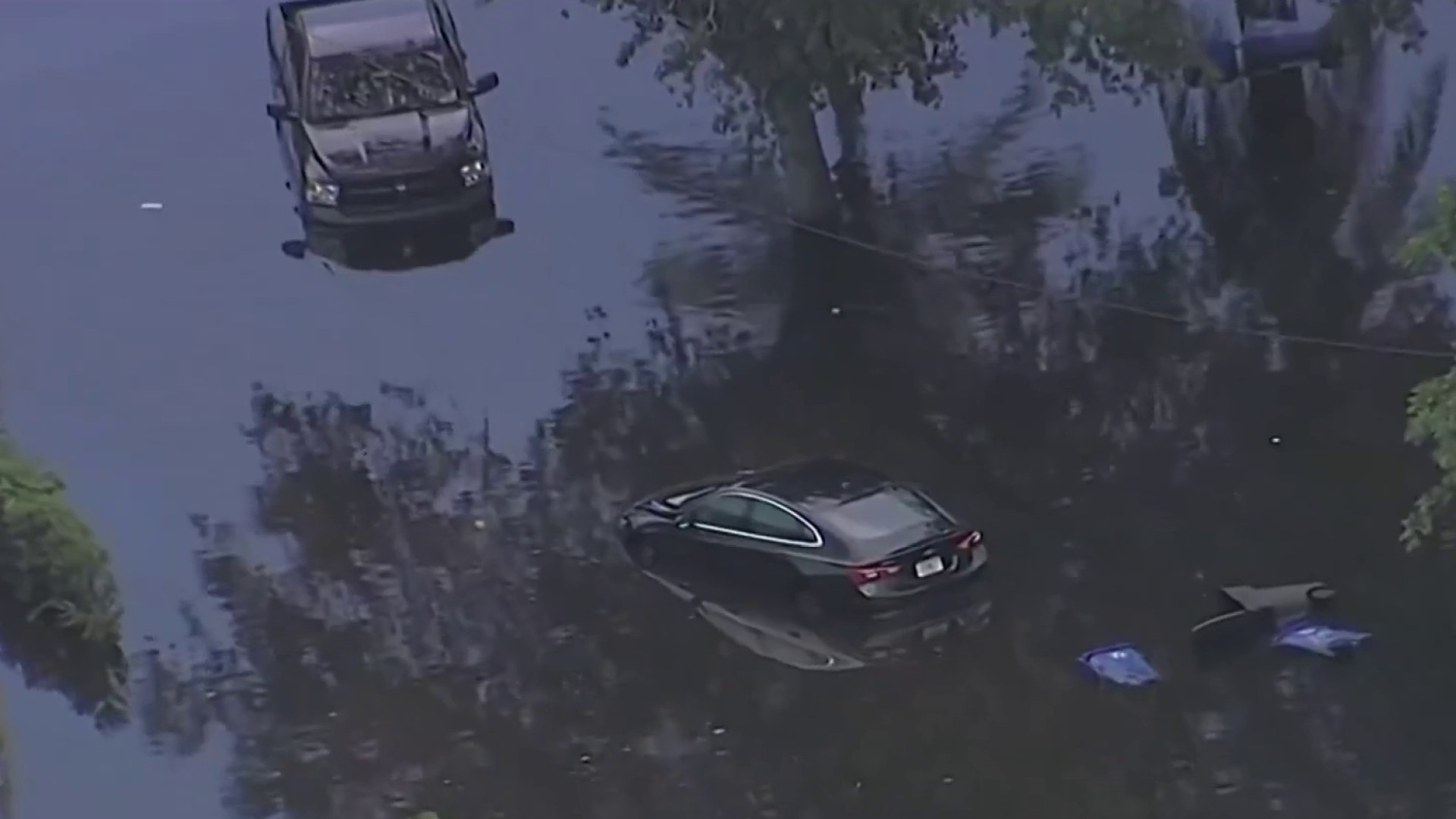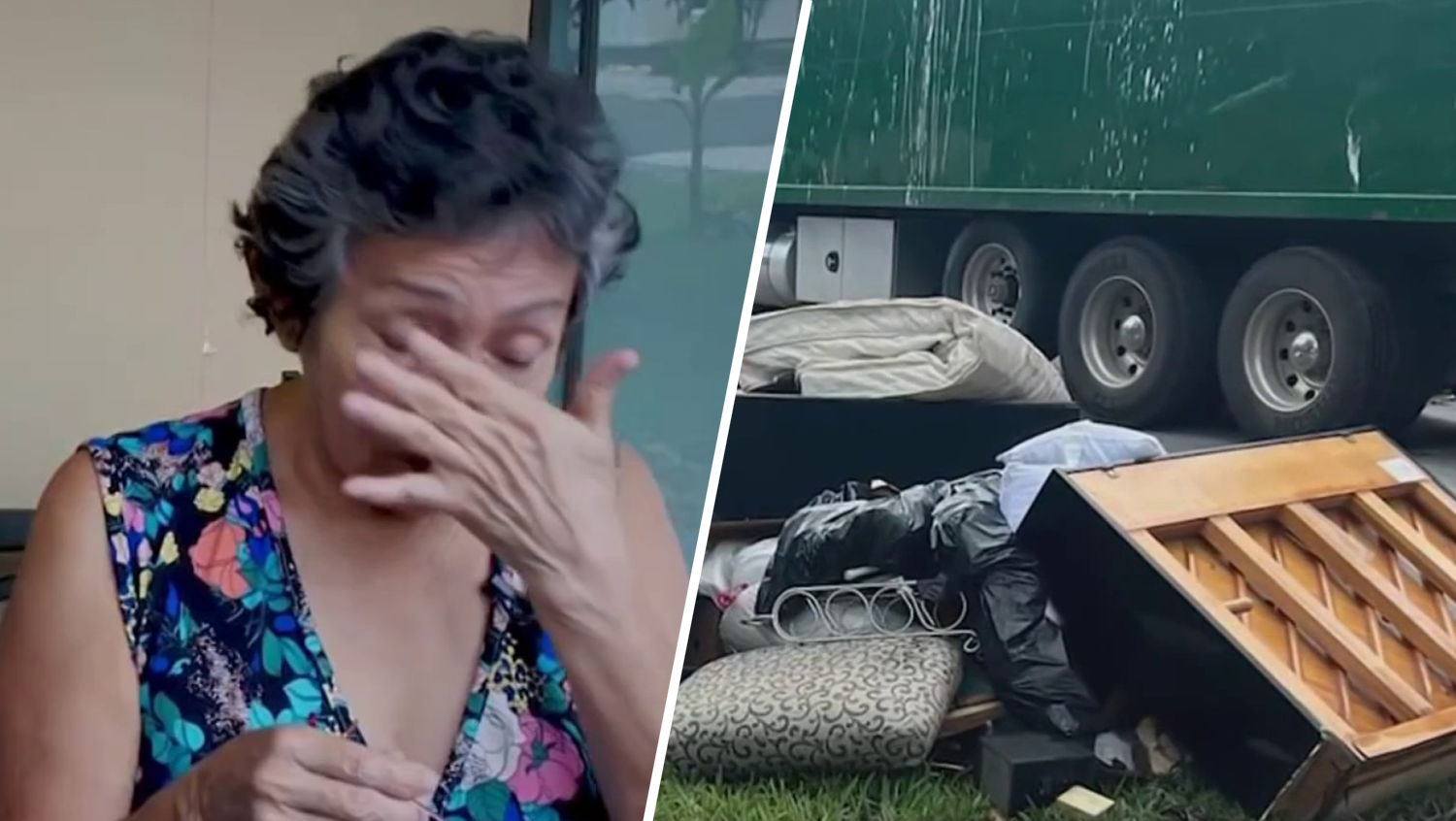What do you have more of - emergency savings or credit card debt?
If your debt is higher, you’re not alone. A new Bankrate survey found that 36% of Americans are in the same situation.
But building up your savings is a crucial step to improving your finances once and for all and the little things matter when it comes to spending and saving.
“Saving money is tough in any economy, but it's especially tough right now,” says Bankrate Senior Data Reporter Alex Gailey. “Less than half of Americans can afford an emergency expense of $1,000 or more from their savings.”
Get South Florida local news, weather forecasts and entertainment stories to your inbox. Sign up for NBC South Florida newsletters.
According to a new Bankrate Emergency Savings Survey, nearly 1/3 of Americans who fell behind in their emergency savings say it will take them one to three years to feel on track.
Nearly two-thirds of Americans have either the same amount or less emergency savings than they did at this time last year.
So where do you start? Creating a budget is key to getting your finances under control.
Responds
Responding to every consumer complaint
“It's not fun to itemize your expenses,” says Jill Fopiano, the CEO and President of O’Brien Wealth Partners.
“It's not fun to go back through credit card statements or bank account statements, but you really need to start by getting a handle on how much cash is coming in and where it's going. That will help you plan to take some control over it.”
Large purchases are easy to see but pay attention to the small stuff too.
“Check your ATM receipts,” says Fopiano. “Because a lot of the smaller items that you buy, you might pay for in cash rather than with a credit card, which makes it more difficult to track and even to remember.”
She says it's harder to keep track of the smaller things because you don’t see their impact as dramatically.
“It just it's like death by a thousand paper clips. It just erodes away the money.”
Fopiano recommends scrutinizing any recurring payments that you’re making, and canceling any unnecessary or unused subscriptions, cutting back on delivery food services and tightening up your grocery expenses by shopping sales. And once you’ve created a budget, stick to it and start working on an emergency fund, which provides a safety net for unexpected expenses.
“The emergency fund really is important,” says Fopiano. “And when we saw that in practice was during COVID when so many people lost their jobs, and yes, there were government supplements to help people, but that didn't necessarily go all the way to covering expenses. So, the world is an uncertain place right now, and there's many variables. So having an emergency fund three months or so of expenses is pretty critical.”
Be disciplined about directing money into savings on a regular basis, even if it’s a few dollars.
“You can start small and you can put $5 away every week in a savings account. That's $20 a month. That's $500 in two years. And that's halfway to $1,000," says Gailey. “You'll start to build momentum by taking those baby steps towards saving and will motivate you to keep saving even more.”
Gailey recommends setting up automatic contributions to a savings account and paying yourself first every time you get a paycheck.
“You don't really notice that that money's gone initially, especially if it is like $10, $20 that you're slowly but surely putting away in a high-yield savings account. It's something that, again, it just makes the process easier. You don't have to think about it too much, and you're paying yourself first by automating your savings,” she says.
If you’re expecting a tax refund this year, use it wisely. Putting that money directly into your savings account is a good way to jump-start your emergency fund. Using it to pay down some debt or putting it toward your retirement savings are also smart money moves.
This story originally appeared on NBCBoston.com.



